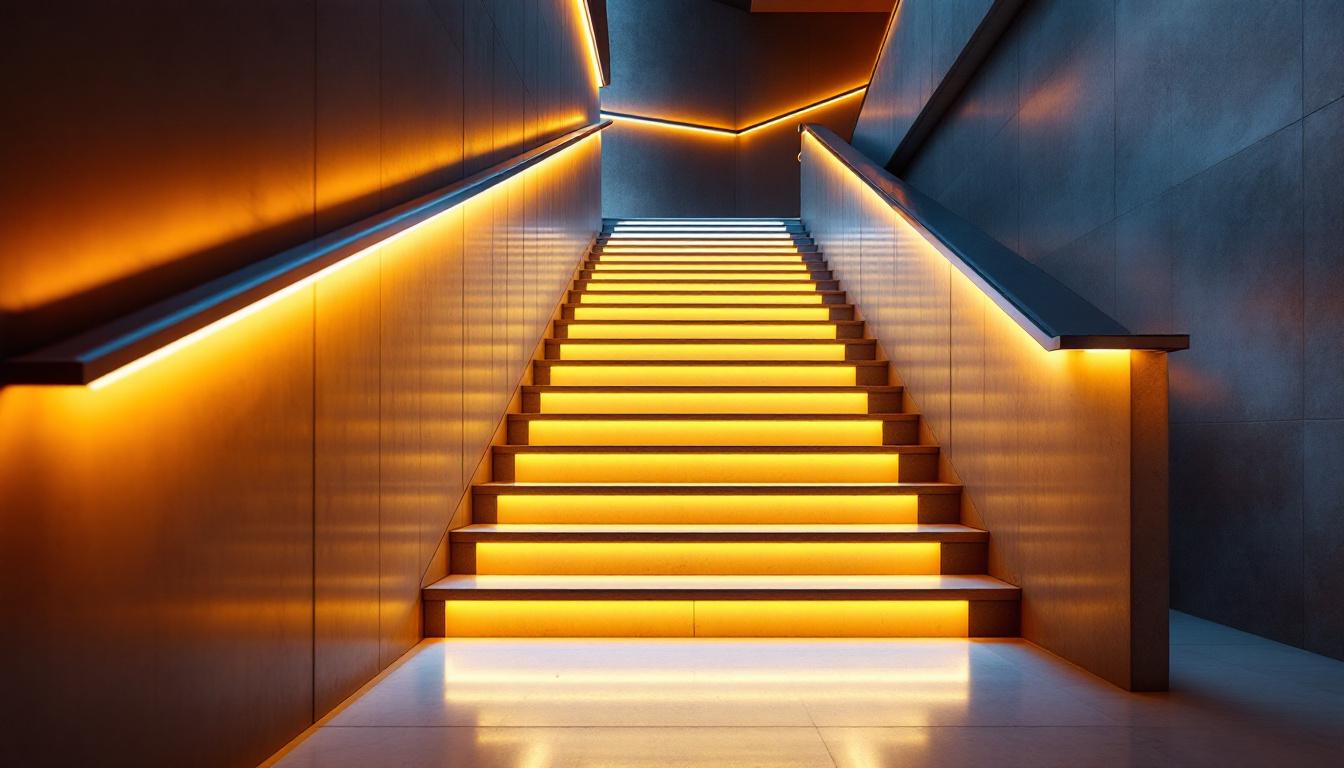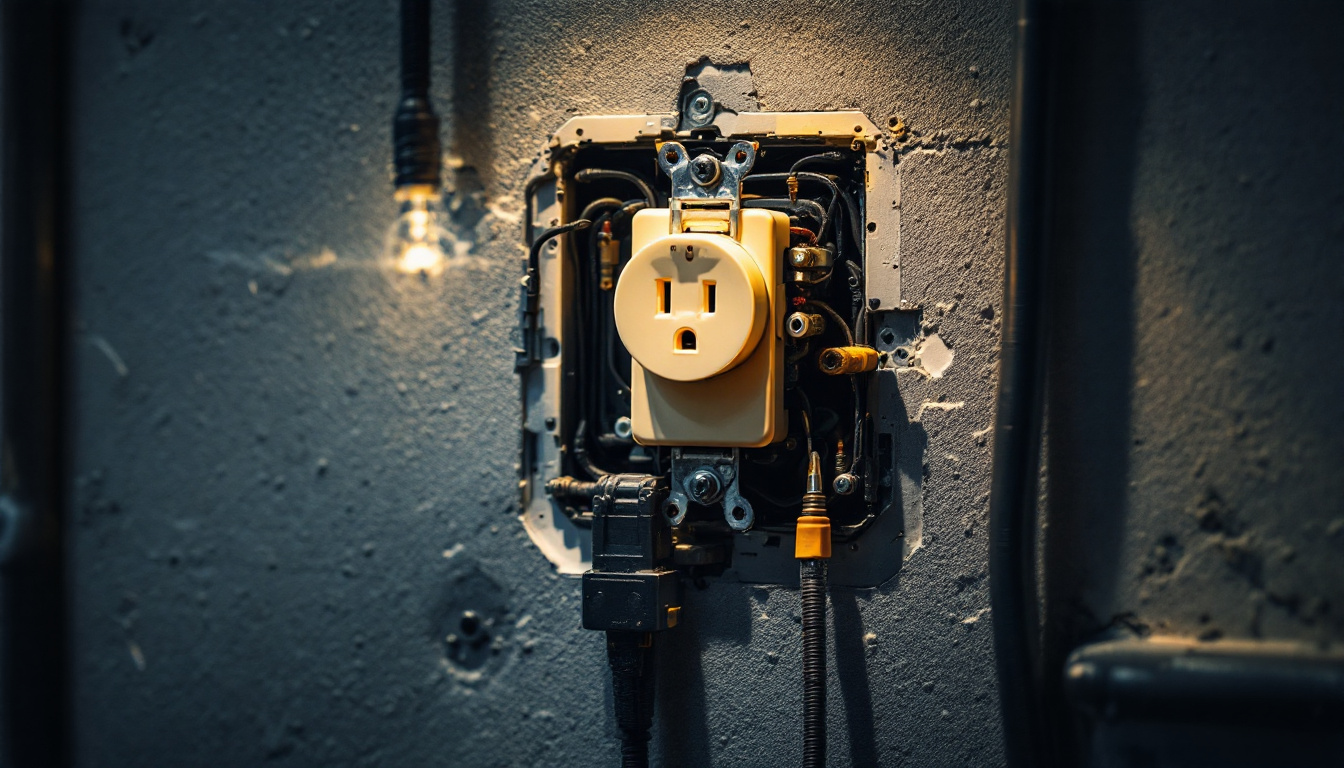
As the lighting industry continues to evolve, understanding the differences between LED (Light Emitting Diode) bulbs and HID (High-Intensity Discharge) lamps is crucial for lighting contractors. The shift towards energy-efficient lighting solutions has brought about significant changes in regulations and compliance standards. This article explores the key aspects of LED and HID technologies, focusing on compliance requirements that contractors need to be aware of.
LED and HID lighting technologies serve different purposes and offer distinct advantages and disadvantages. Familiarity with these technologies is essential for lighting contractors who aim to provide the best solutions for their clients.
LED bulbs are known for their energy efficiency and longevity. They convert a higher percentage of energy into light, resulting in lower electricity consumption compared to traditional lighting options. LEDs have a lifespan that can exceed 25,000 hours, making them a cost-effective choice in the long run.
In addition to their efficiency, LED bulbs are available in a variety of colors and designs, allowing for greater flexibility in lighting design. They also emit less heat, which can contribute to a cooler environment and reduce cooling costs in commercial spaces. Furthermore, LEDs are highly durable and resistant to shock and vibration, making them ideal for use in high-traffic areas or outdoor environments where traditional bulbs might fail more easily. Their compact size also allows for creative lighting solutions, such as accent lighting and intricate designs that can enhance the aesthetic appeal of any space.
HID lamps, including metal halide, high-pressure sodium, and mercury vapor, have been widely used in industrial and commercial applications. These lamps produce a high-intensity light and are often used in outdoor settings, such as streetlights and parking lots.
While HID lamps are effective in providing bright illumination, they have a shorter lifespan compared to LEDs, typically lasting around 10,000 to 20,000 hours. Additionally, HID lamps take longer to warm up and reach full brightness, which can be a drawback in applications where immediate lighting is necessary. Despite these limitations, HID lamps are favored for their ability to produce a very high lumen output, which is particularly beneficial in large areas requiring extensive illumination. Moreover, the color rendering capabilities of certain HID types, like metal halide, are superior, making them suitable for environments where color accuracy is critical, such as in retail spaces or art galleries. This unique characteristic allows businesses to showcase their products in the best possible light, enhancing customer experience and engagement.
As lighting technologies advance, so do the regulations governing their use. Compliance with these standards is essential for contractors to ensure safety, efficiency, and environmental responsibility.
Energy efficiency regulations are a significant consideration for lighting contractors. Many regions have adopted standards that mandate a certain level of energy efficiency for lighting products. For example, LED bulbs generally meet or exceed these standards, while HID lamps may not always comply, especially older models.
Contractors must stay informed about local and national energy efficiency regulations, such as the Energy Star program and the Department of Energy (DOE) guidelines. These regulations often dictate the types of lighting products that can be used in specific applications, impacting project specifications and budgets. Furthermore, staying compliant not only ensures that projects meet legal requirements but can also lead to financial incentives, such as rebates or tax credits, which can significantly reduce overall project costs. Understanding the nuances of these regulations can give contractors a competitive edge in the marketplace.
Environmental compliance is another critical area that lighting contractors must navigate. The use of hazardous materials in lighting products, such as mercury in HID lamps, raises concerns regarding disposal and recycling. Regulations surrounding the proper disposal of these materials are essential to prevent environmental contamination.
LED technology, on the other hand, is generally considered more environmentally friendly. Many LED products are designed to be recyclable and do not contain hazardous materials, making them a more sustainable choice for contractors and their clients. Additionally, the lifecycle of LED lighting is longer than traditional options, which not only reduces waste but also lessens the frequency of replacements, contributing to lower overall environmental impact. As consumers become increasingly eco-conscious, the demand for sustainable lighting solutions continues to rise, prompting contractors to prioritize compliance with environmental standards and seek out innovative products that align with these values.
When choosing between LED and HID lighting solutions, performance is a key factor. Understanding the differences in light output, efficiency, and maintenance can help contractors make informed decisions.
Light output is typically measured in lumens, and both LED and HID lamps can produce bright illumination. However, LEDs often provide better color rendering, which is crucial in applications where accurate color perception is necessary, such as in retail or art galleries.
HID lamps, while capable of producing high lumen output, can sometimes result in poor color rendering, which may not be suitable for all environments. Contractors should consider the specific lighting needs of each project when selecting between these two technologies.
LEDs are renowned for their energy efficiency, consuming significantly less power than HID lamps for the same amount of light output. This efficiency translates into lower energy bills and reduced carbon footprints, making LEDs an attractive option for environmentally conscious clients.
While the initial investment for LED fixtures may be higher than that of HID lamps, the long-term savings in energy costs and maintenance can make LEDs a more economical choice over time. Contractors should provide clients with a comprehensive cost analysis to highlight the benefits of switching to LED technology.
The installation and maintenance requirements for LED and HID lighting systems can vary significantly. Understanding these differences is crucial for contractors to ensure successful project execution.
LED fixtures are generally easier to install due to their lightweight design and compatibility with existing electrical systems. Many LED products are designed for retrofitting into existing fixtures, allowing for a smoother transition from traditional lighting technologies.
In contrast, HID lamps often require more complex installation, especially in terms of ballast and fixture compatibility. Contractors must ensure that the existing infrastructure can support the specific HID technology being used, which may involve additional modifications.
Maintenance is another area where LED and HID technologies differ. LEDs require minimal maintenance due to their long lifespan and durability. Once installed, they can operate for years without the need for replacement, reducing labor costs and downtime.
HID lamps, however, have a shorter lifespan and may require more frequent replacements. Additionally, the warm-up time for HID lamps can lead to delays in lighting availability, impacting operational efficiency in commercial settings.
As lighting contractors navigate the complexities of LED and HID technologies, educating clients about their options is vital. Clear communication can help clients make informed decisions that align with their needs and values.
Contractors should take the time to explain the benefits and drawbacks of both LED and HID technologies to their clients. This includes discussing energy efficiency, cost implications, and environmental impact. Providing detailed comparisons can empower clients to choose the best solution for their specific applications.
Moreover, showcasing case studies or examples of successful installations can help clients visualize the potential benefits of each technology. This can build trust and confidence in the contractor’s expertise.
Every client has unique lighting needs based on their specific applications. Contractors should engage in thorough discussions to understand these requirements fully. Factors such as the intended use of the space, aesthetic preferences, and budget constraints should all be considered when recommending lighting solutions.
By taking a personalized approach, contractors can ensure that clients feel heard and valued, ultimately leading to more successful project outcomes.
The lighting industry is continually evolving, with new technologies and trends emerging regularly. Staying informed about these developments is essential for contractors to remain competitive and provide cutting-edge solutions.
Smart lighting technology is gaining traction, allowing for greater control and customization of lighting systems. Features such as remote control, scheduling, and integration with smart home systems are becoming increasingly popular.
Contractors should consider incorporating smart lighting solutions into their offerings, as clients may seek these advanced features to enhance their lighting experience. Understanding the compatibility of LED and HID technologies with smart systems will be crucial in providing comprehensive solutions.
LED technology continues to advance, with improvements in efficiency, color rendering, and design. Innovations such as tunable white LEDs and higher lumen output options are expanding the possibilities for lighting applications.
Contractors should stay abreast of these advancements to offer clients the latest and most effective lighting solutions. This knowledge can also help contractors address any concerns clients may have regarding the longevity and performance of LED products.
In the ongoing debate between LED bulbs and HID lamps, compliance, efficiency, and performance are critical factors that lighting contractors must consider. By understanding the nuances of each technology, contractors can provide informed recommendations that align with client needs and regulatory requirements.
As the lighting industry continues to evolve, staying informed about compliance standards, performance metrics, and emerging trends will be essential for contractors. By embracing these changes, lighting professionals can position themselves as trusted experts in the field, ensuring successful projects and satisfied clients.
Ultimately, the choice between LED and HID lighting solutions will depend on various factors, including application, budget, and environmental considerations. By navigating these complexities with expertise and clarity, contractors can enhance their service offerings and contribute to a more sustainable future in lighting.
Ready to elevate your lighting projects while adhering to the latest compliance standards? Look no further than LumenWholesale, where we offer an exceptional range of LED and HID lighting solutions tailored to your needs. Our commitment to quality and affordability ensures that you can access the best spec-grade lighting products at wholesale prices, with the added convenience of free shipping on bulk orders. Don’t compromise on performance or cost. Choose LumenWholesale for lighting that meets the highest industry standards and enhances every space. Explore our collection now and discover Wholesale Lighting at the Best Value.

Discover the top strategies lighting contractors use to transform staircases with LED lighting.

Discover essential insights and expert tips tailored for lighting contractors in this comprehensive guide.

Discover how 4-foot LED bulbs can revolutionize your lighting projects and give you a competitive edge.

Discover the crucial yet often overlooked role of power receptacles in lighting projects.